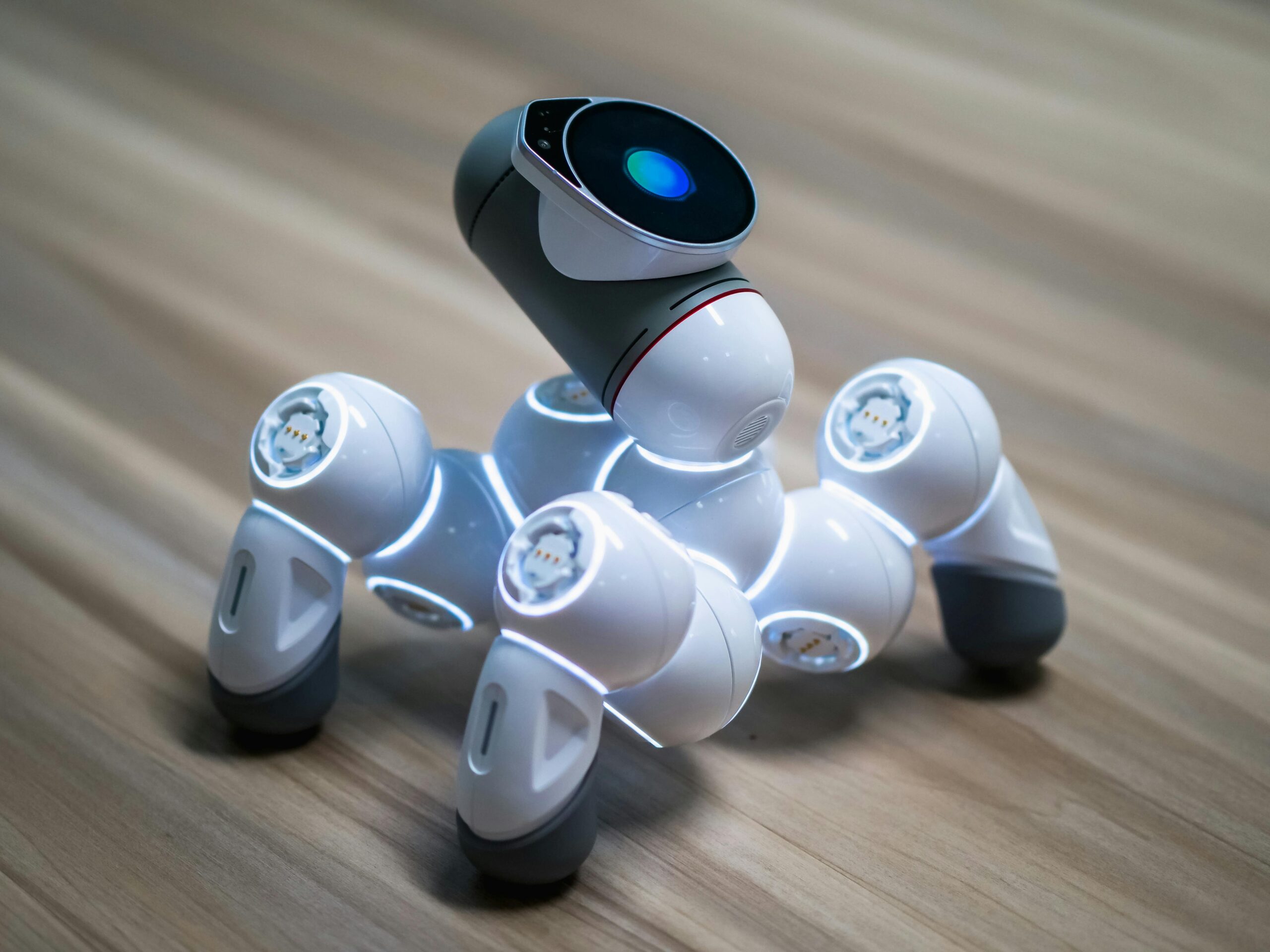Introduction
Artificial Intelligence (AI) is at the heart of a transportation revolution, shaping the future of autonomous vehicles. Self-driving cars, once a sci-fi fantasy, are now becoming a reality, thanks to AI-powered innovations. But how exactly is AI changing the game? Let’s explore.
Understanding AI in Autonomous Vehicles
What is AI?
AI refers to the simulation of human intelligence in machines, enabling them to learn, reason, and make decisions. In self-driving vehicles, AI acts as the brain, processing information and responding to various driving conditions.
How AI Enhances Vehicle Autonomy
AI enables vehicles to drive themselves by integrating multiple technologies like machine learning, computer vision, and neural networks. These systems work together to interpret traffic, recognize obstacles, and make real-time decisions.
Key Components of AI-Driven Vehicles
- Perception Systems: Collect and interpret data from the vehicle’s surroundings.
- Decision-Making Algorithms: Analyze the best course of action in different driving conditions.
- Control Mechanisms: Execute driving actions like steering, braking, and accelerating.
The Role of Machine Learning in Self-Driving Cars
Machine learning (ML) is a subset of AI that allows vehicles to learn from past experiences. Self-driving cars use ML to improve driving decisions based on millions of data points collected from real-world driving scenarios.
Supervised vs. Unsupervised Learning
- Supervised Learning: Uses labeled data to train AI models.
- Unsupervised Learning: Helps AI identify patterns without explicit instructions.
Training Models for Autonomous Navigation
AI models are trained using vast datasets containing images, videos, and sensor readings from various driving environments.
Computer Vision and Its Impact on Autonomous Vehicles
How Cars “See” the Road
Computer vision enables self-driving cars to detect and recognize objects, lane markings, pedestrians, and traffic signals.
Object Detection and Recognition
AI-powered object detection helps vehicles identify other cars, cyclists, and pedestrians, ensuring safer navigation.
Sensor Technology and AI Integration
LiDAR, Radar, and Cameras
These sensors collect real-time data about the vehicle’s surroundings, allowing AI to create a 3D map for navigation.
Enhancing Situational Awareness
AI combines sensor data to generate a complete picture of the road, predicting potential hazards and responding proactively.
AI-Powered Decision-Making and Navigation
Real-Time Route Optimization
AI-powered GPS systems analyze traffic patterns to find the quickest and safest routes.
Avoiding Obstacles and Making Split-Second Decisions
Autonomous vehicles use AI to detect and avoid roadblocks, pedestrians, and unexpected hazards.
Safety Enhancements Through AI
AI significantly reduces human errors, which account for over 90% of traffic accidents. Predictive analytics can foresee potential crashes and take preventive measures.
Challenges and Limitations of AI in Autonomous Vehicles
Despite advancements, AI-driven cars face challenges like ethical decision-making, cybersecurity risks, and unpredictable road conditions.
The Future of AI and Autonomous Vehicles
Looking ahead, AI will continue to refine autonomous vehicle technology, paving the way for fully self-driving cars and even AI-powered flying taxis.
Conclusion
AI is revolutionizing autonomous vehicles, making them safer, smarter, and more efficient. While challenges remain, the potential for AI in transportation is limitless.
